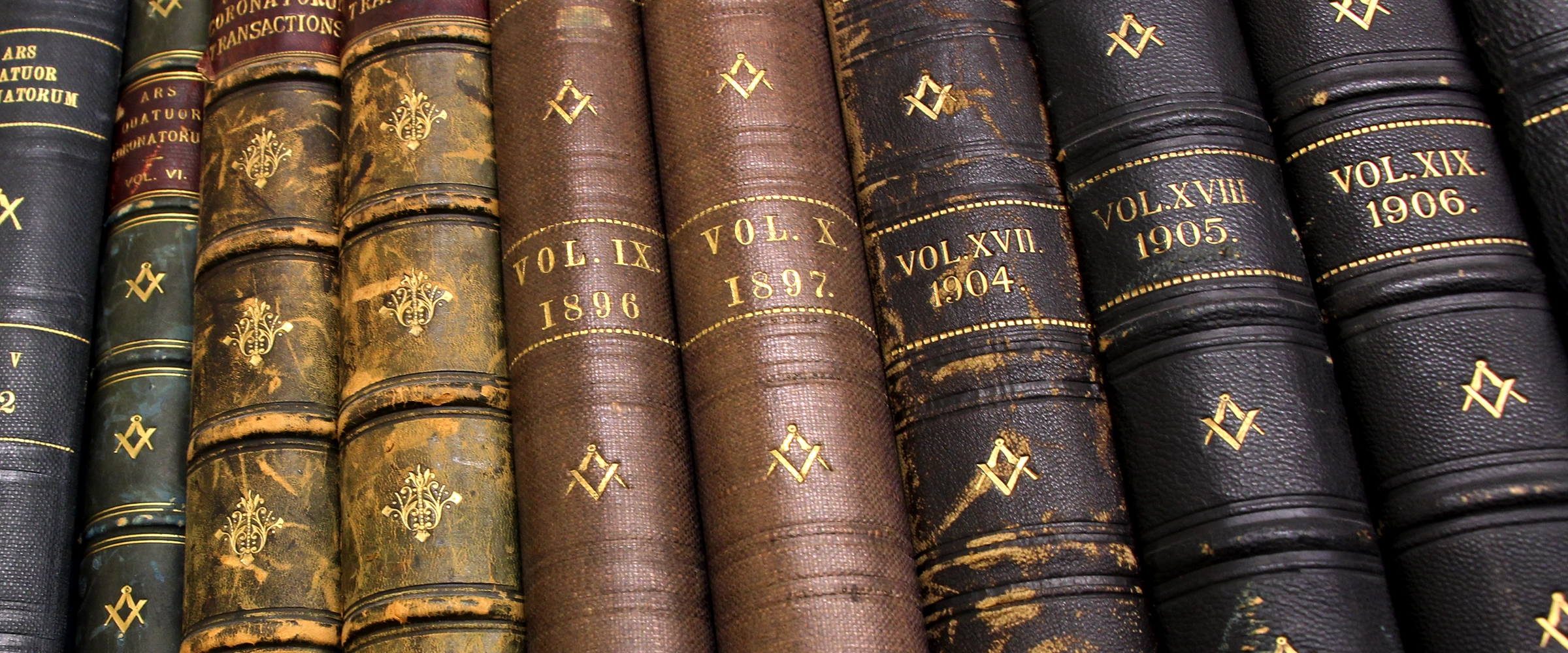History of Freemasonry
Freemasonry’s roots lie in the traditions of the medieval stonemasons who built our cathedrals and castles.

Still to this day, the roots of modern Freemasonry are the subject of intense speculation…
1646
The first record of the making of an English Freemason is Elias Ashmole, the antiquarian and herald, whose collections formed the basis of the Ashmolean Museum in Oxford. He recorded in his diary that a lodge met at his father-in-law’s house in Warrington, Cheshire on 16th October 1646 to make him a Mason — None of those involved was a stonemason.
1660
From the 1660s, more evidence exists of gentlemen being made Freemasons.
1717
On St John’s Day, 24 June 1717, four London Lodges, which had existed for some time, came together at the Goose and Gridiron Tavern in St Paul’s Churchyard, declared themselves a Grand Lodge and elected Anthony Sayer as their first Grand Master — This was the first Grand Lodge in the world. This was the founding of the Premier Grand Lodge, the first of its kind anywhere in the world and the origins of the United Grand Lodge of England.
1723
By this time, the new Grand Lodge had published its first rulebook — The Constitutions of the Free-Masons — and was meeting quarterly and recording its meetings.
1725
The Grand Lodge of Ireland was established.
1736
The Grand Lodge of Scotland was established.
1751
A rival Grand Lodge appeared in London with different practices. London Scottish and Irish Freemasons had formed a rival Grand Lodge in 1751, labelling the original Grand Lodge Moderns and calling themselves Antients. The two rivals existed side by side — both at home and abroad — for nearly 63 years, neither recognising each other as regular.
1813
After nearly 63 years, the two Grand Lodges in England united on 27 December 1813 to form the United Grand Lodge of England. This union led to a great deal of standardisation of ritual, procedures and regalia.
1814
Some 647 Lodges were in existence. The 19th century saw a great expansion of Freemasonry — both at home and abroad.
1900
2,800 Lodges now existed under the jurisdiction of the United Grand Lodge of England.
1927
United Grand Lodge of England’s headquarters Freemasons’ Hall — originally called the Masonic Peace Memorial — were built between 1927 and 1933, as a memorial to more than 3,000 members of the United Grand Lodge who lost their lives in the First World War.
World Wars I & II
The two World Wars both had a great effect on English Freemasonry. Some 3,533 Freemasons were killed during the First World War, and Freemasons’ Hall (originally the Masonic Peace Memorial) was built in 1933 as a memorial to the fallen.
In the three years after the First World War, more than 350 new Lodges were set up; and in the three years after the Second World War, nearly 600 new Lodges came into being.
1967
On 14 June 1967, the 250th anniversary of Grand Lodge was celebrated at the Royal Albert Hall. The centrepiece of the celebrations was the installation of HRH The Duke of Kent as Grand Master. He still holds that office today and comes from a long line of Royal Grand Masters, which includes his father George, King Edward VII, the Duke of Sussex and King George IV.
2017
The tercentenary of Grand Lodge in 2017 was celebrated in style throughout the year, culminating with a special meeting of Grand Lodge at the Royal Albert Hall, which was presided over by the Grand Master, HRH The Duke of Kent, and attended by representatives of sovereign Grand Lodges from around the world.
The province of Cambridgeshire
A heritage dating back over two centuries
The Province of Cambridgeshire comprises 34 Lodges and 14 Royal Arch Chapters — With several lodges that are established members of the Universities Scheme which aims to introduce Freemasonry’s important values to a new generation.